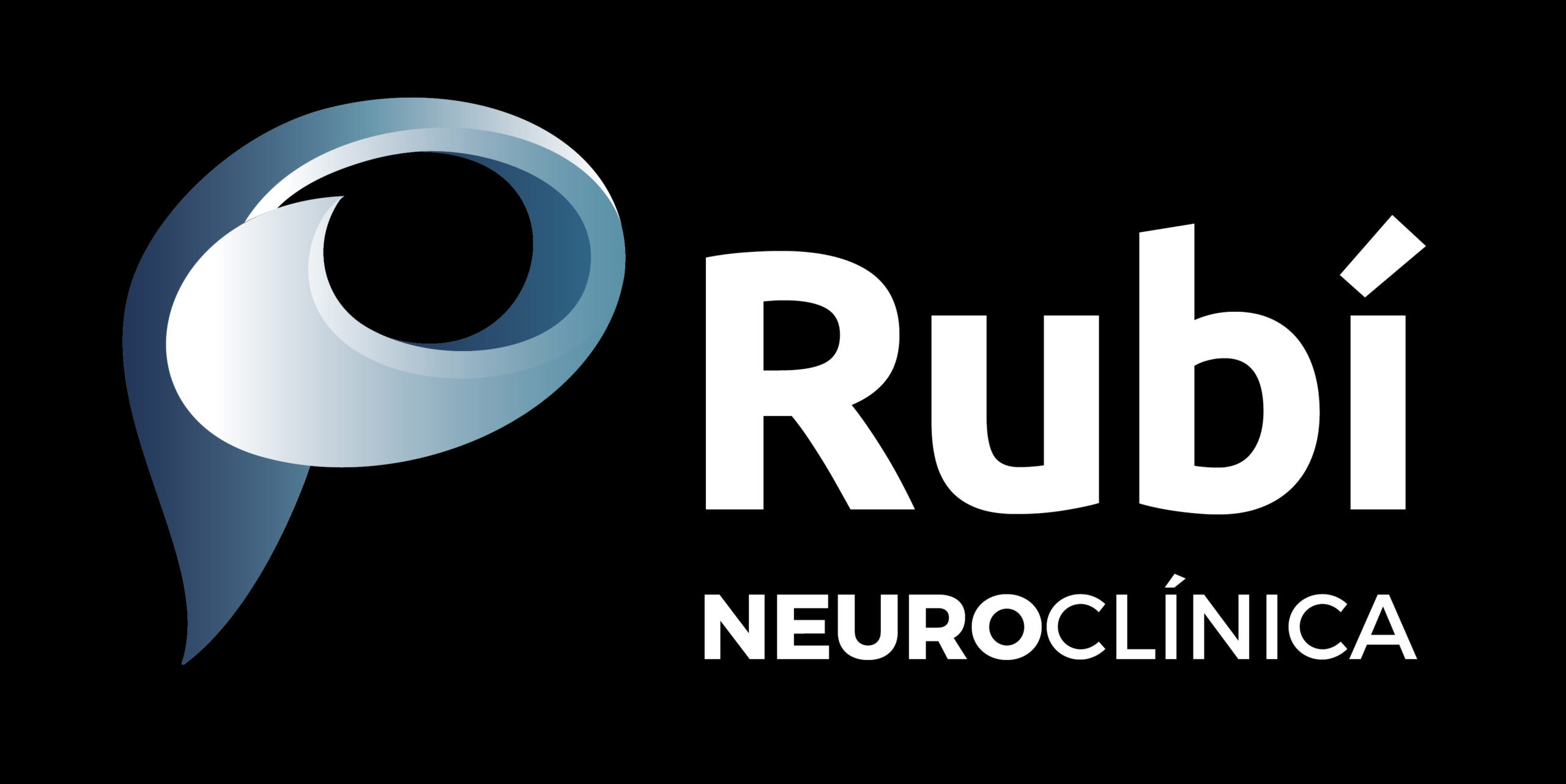The operating system regulates the operations and resources of the computer through controlling access to the central processor unit (CPU) memory, file storage and input/output devices. It also manages tasks such as scheduling resource usage to avoid conflicts and interfering between processes, managing the content and structure of files on non-primary storage media and determining which applications can use hardware components such as disc drives or WiFi adapters. It also provides a means for users who are interactive to connect to the system using either a Graphical User Interface (GUI) or a Command-Line Interface (CLI).
Process Management
The operating system handles the start, stopping and resumption of programs. It decides which applications will be executed first, how long the CPU will be used, and also when to stop. It is also able to split the program into multiple threads, allowing it to run on a variety of processors simultaneously. Each of these actions are controlled by a routine in the operating system known as a process block.
File management
Operating systems maintain the structure and contents of files stored in non-primary storage. They know the location where each piece of information in a particular file is and can transfer it between storage and memory when needed. They can also map virtual memory pages onto physical memory pages for faster access. This process is known as demand paging.
It also interacts directly with the computer hardware via drivers and other interface software. If, for instance an application wants to utilize a specific hardware like a WiFi adaptor, then the operating system will provide the driver, and then allow it to access the hardware. This allows the programmer to avoid writing a piece code for each adapter, disk drive or other similar hardware.
myopendatablog.com/what-if-your-nintendo-switch-stops-turning-on

